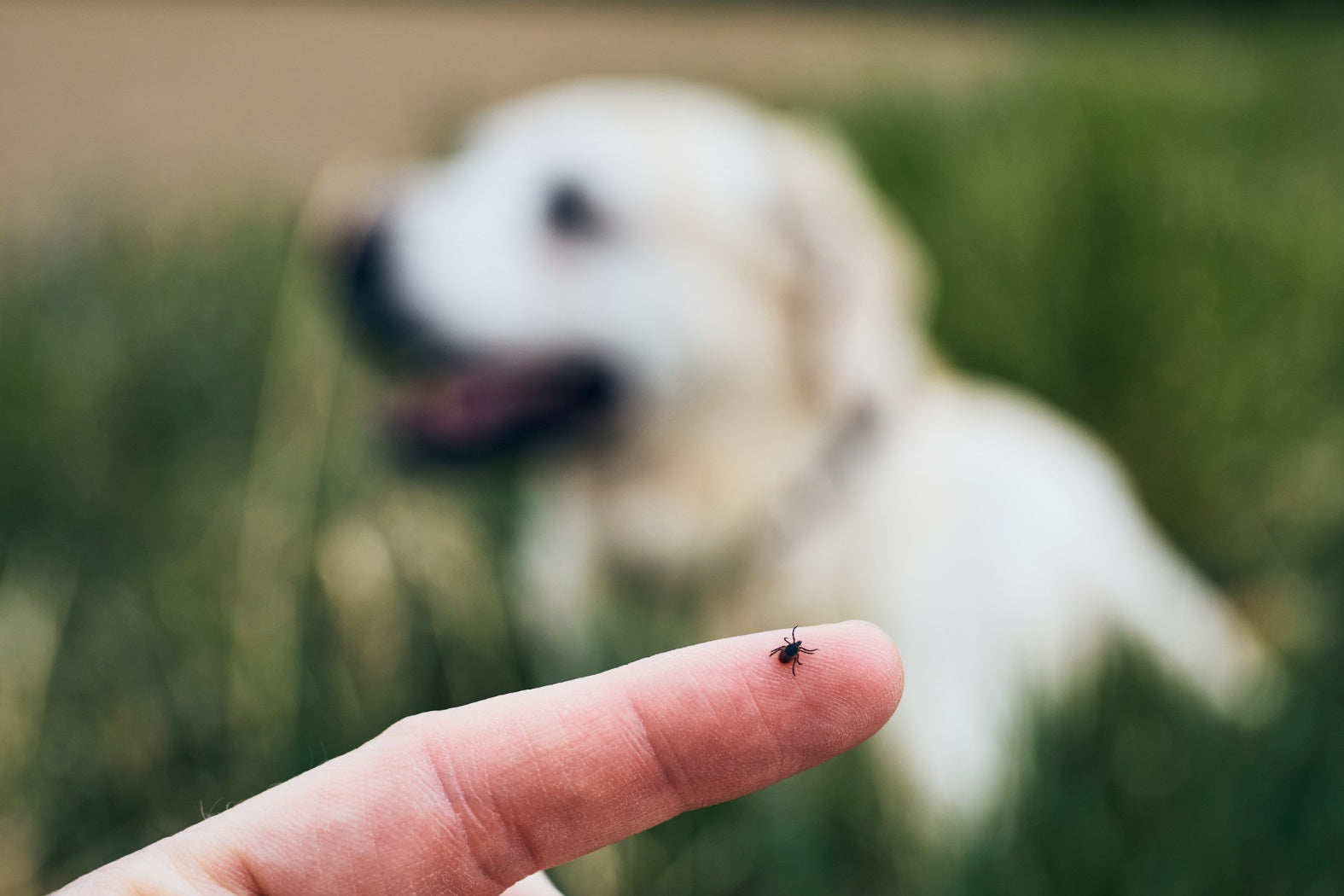When I left vet school (ahem … several decades ago now!) we gave clients a blanket recommendation that every dog should be desexed at around 5-6 months of age. This recommendation was based on the desire to reduce the population of unwanted puppies, decrease certain risky behaviours such as roaming and reduce known health risks such as mammary carcinoma and pyometra in females and benign prostatic hyperplasia in males.
However, for many years there has been concern that early neutering (neutering at less than 1 year of age) may increase the risk of joint disorders and cancer in some dog breeds. Several studies have looked at this over the last few years. Reference to these studies seem to be popping up frequently in dog Facebook groups at the moment, often accompanied by some quite sweeping generalisations which may cause a bit of angst, so I thought it would be good to provide a bit of background and context (and links to the studies).
The studies used patient records from dogs visiting the Veterinary Medical Teaching Hospital at the University California Davis in the USA. The initial studies looked at Golden Retrievers, Labrador Retrievers and German Shepherds, then were broadened to look at a range of other breeds, including small and giant breeds. A further study was done looking at mixed breeds of various weights and this year’s study looked at another 5 large breeds, taking the total to 40 different breeds of dogs currently.
The studies covered both sexes and looked at hip dysplasia (HD), elbow dysplasia (ED) and cranial cruciate tear or rupture (CCL) in all breeds covered and intervertebral disc disorders in Corgis and Dachshunds. The cancers studied were lymphoma/lymphosarcoma (LSA), haemangiosarcoma (HSA), mast cell tumour (MCT) and osteosarcoma (OSA) in both sexes. Mammary cancer (MC), pyometra (PYO) and urinary incontinence (UI) were examined in female dogs.
Of course there are some limitations to these studies, the obvious one for us in New Zealand being the differing gene pool of dogs in the USA. However, it does at least give us a good starting point that we can use to personalise our neutering recommendations for those breeds that this data shows are at increased risk and help pet owners make more informed decisions.
Key findings
- For many dog breeds there is NO increased risk of developing joint disorders or cancer due to early age at neutering
- The increased risk of joint disorders is generally related to body size, with the notable exceptions of Great Danes and Irish Wolfhounds!
- Data in the mixed breed dog study suggests that dogs that are expected to reach at least 20 kg as adults have a significantly increased risk of one or more joint disorders if neutered early. Male and female large breed dogs and female giant breed dogs should be neutered after 12 months of age and male giant breeds after 24 months.
- If you know any of the breeds in your mixed breed puppy, then take into account the recommendations for the breed(s) when considering the age for neutering.
- Small/medium breed dogs (<20kg) generally have no increased risk of joint disease or cancer associated with neutering, but there are a few exceptions -so check your breed.
Links to the relevant studies
- Golden Retrievers
- Labrador Retrievers
- German Shepherd
- 35 common dog breeds (too many to list here sorry - I’d recommend checking if your breed is on here) a short paragraph summarizes the main findings on joint disorders and cancers in both sexes and MC, PYO and UI for females
- 5 more breeds – German Short/Wire Haired Pointer, Mastiff, Newfoundland, Rhodesian Ridgeback and Siberian Husky
- Mixed breed dogs – recommendations based on weight ranges
There is a good summary chart on recommended age at neutering here
Mammary Cancer, Pyometra and Urinary Incontinence
For females the risk of mammary cancer, pyometra (an infection of the uterus, that can become life threatening) and urinary incontinence also need to be factored into your decision making.
Although these new studies didn’t follow the females for long enough to have really reliable data on MC (which most frequently occurs around age 10), a recent systematic review on MC suggests that the evidence for a link between age of neutering and MC occurrence may not be as strong as we once thought. At the very least more work needs to be done in this area.
The incidence of pyometra reported is variable but can be up to 16%. The incidence of urinary incontinence is generally much lower than that of pyometra but do check the UI incidence for your breed, if it is covered in the studies.
What I recommend
Deciding when to neuter your dog is a really personal decision. There is no one-size fits all here! While the new knowledge gained from these new studies is really useful, there are also other factors to take into account, such as how you would manage your bitch through her season or whether your male dog becomes an escape artist if he smells a nearby bitch in heat! There may also be requirements of boarding kennels and doggy day care to consider.
If you need help deciding when to neuter your dog then the best thing you can do is book an appointment with your vet and talk this through with them.
Take home message
There is significant genetic variation between dog breeds and it's fantastic that research is being done that helps us further tailor our health advice to each breed – although I will go on record to say that, for the most part, the breed specific formulas for food that several high-profile pet food brands make are more about shelf space than actual breed specific nutrition!
If you have friends or family with a new puppy please share this blog with them.



